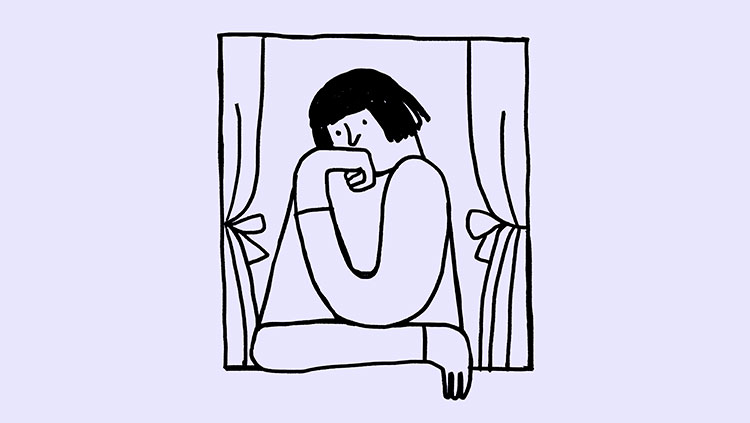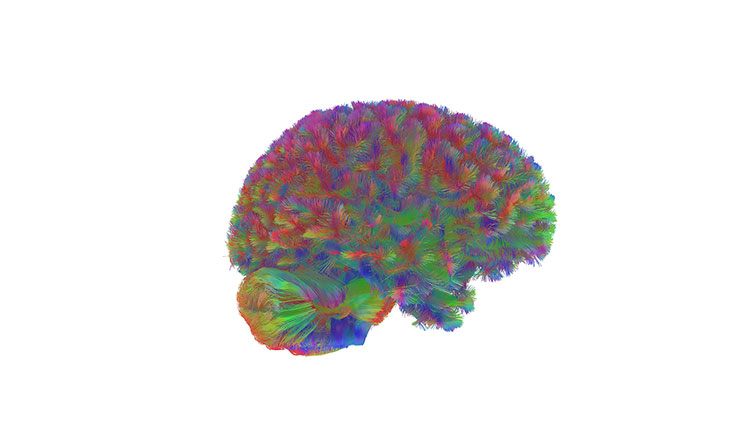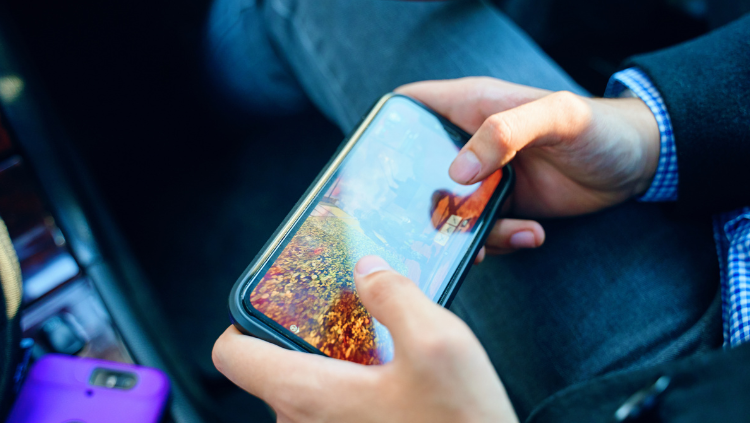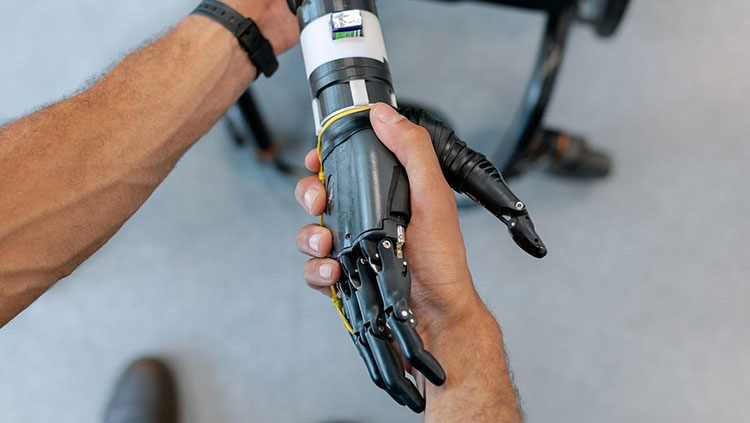ICYMI: Social Isolation Makes Us Hungry for Connection
- Published3 Dec 2020
- Author Alexis Wnuk
- Source BrainFacts/SfN

These were the top neuroscience stories for the week of November 23, 2020.
Social Isolation Makes Us Hungry for Connection
Separation from people activates the same brain regions that light up when we crave food, researchers reported November 23 in Nature Neuroscience. Forty adults underwent fMRI brain scanning on two separate days: one after a 10-hour fast and another after isolating themselves and avoiding social media for 10 hours. While in the scanner, they were shown images of food and images of people socializing. After a day without human contact, seeing pictures of people activated neurons in the midbrain, an area of the brainstem involved in craving. The same region activated in response to pictures of food on the fasting day. The lonelier or hungrier the participants said they felt, the more active the region was.
Big picture: Hunger and loneliness both serve a purpose. Hunger motivates us to eat, while feeling lonely can spur us to engage in social interaction. COVID-19 quarantines and social distancing have left many of us isolated and lonely and with fewer ways to cope. Whether digital interactions can satisfy our brains’ craving for connection is an open question, the researchers say.
Read more: Lonely brains crave people like hungry brains crave food (Science News)
How the Brain Organizes Colors
Three types of cone photoreceptors in the retina, each tuned to particular wavelengths of light, create our perception of color. But how that happens and how our brains discriminate and categorize all the colors of the rainbow has eluded scientists. Writing November 16 in Current Biology, researchers found individual colors elicit unique patterns of brain activity. They scanned the brains of 18 people using magnetoencephalography, or MEG — a technique that captures the magnetic fields generated by the brain’s electrical activity — while the participants looked at different colors. Each color generated a unique brain signal. The scientists trained an AI algorithm to figure out what color someone saw based solely on the MEG data.
Related: Do We See The Same Red?
Read more: A New Study About Color Tries to Decode ‘The Brain’s Pantone’ (Wired)
CONTENT PROVIDED BY
BrainFacts/SfN
Also In Neuroscience in the News
Trending
Popular articles on BrainFacts.org








.jpg)









